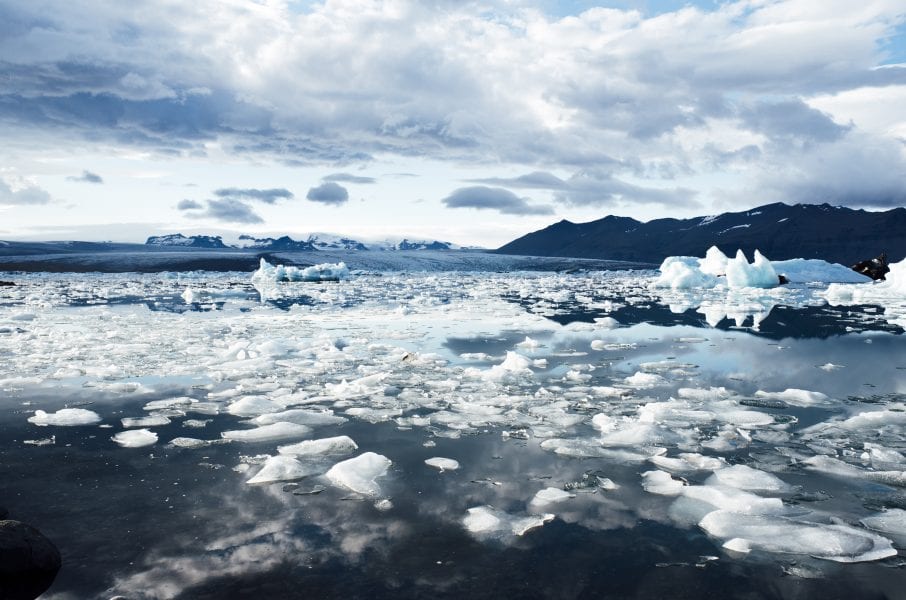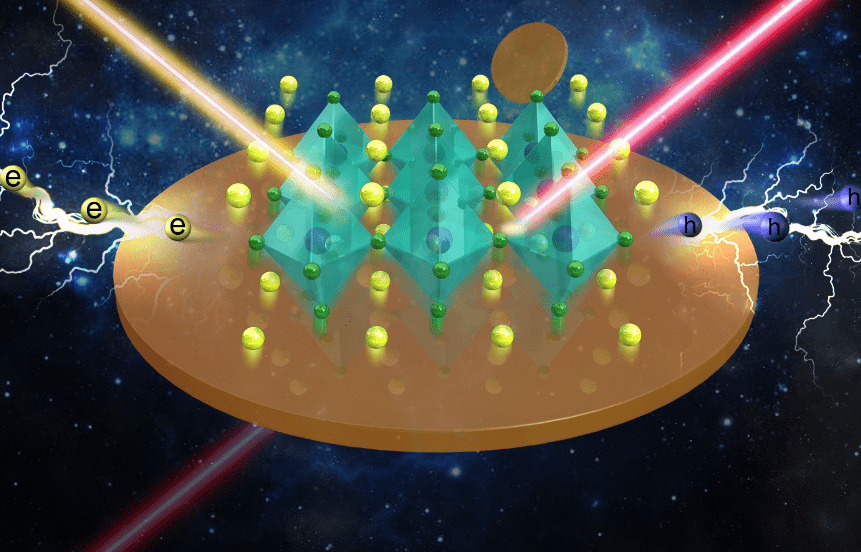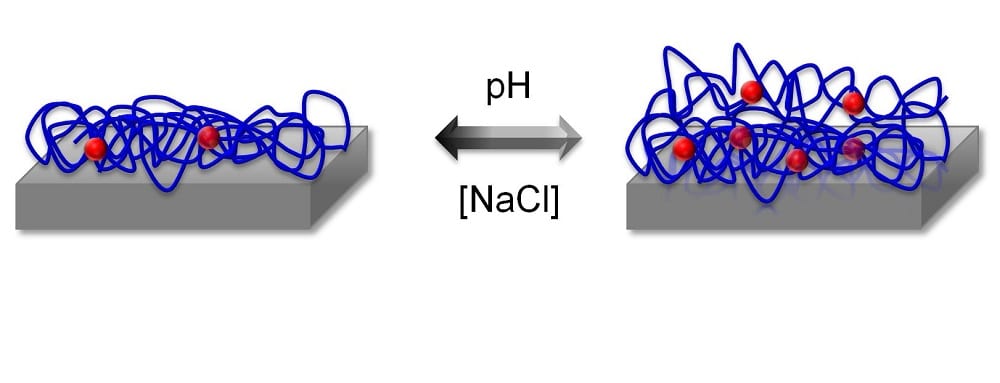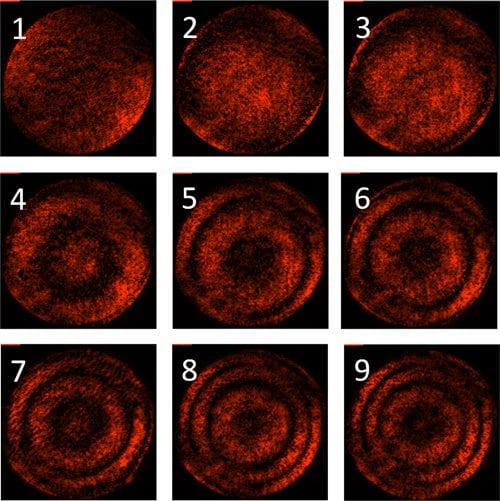To address climate change, we need to reduce net anthropogenic greenhouse gas (GHG) emissions to zero as soon as possible; that is, hopefully by 2050 or so.


To address climate change, we need to reduce net anthropogenic greenhouse gas (GHG) emissions to zero as soon as possible; that is, hopefully by 2050 or so.

The month’s top articles from the field of nanooptics, optoelectronics, metamaterials, optical devices, detectors & sensors, micro/nano resonators and more.

Spanish researchers developed a new micro-structuration process to improve the undesired wetting behaviour of polypropylene (PP).
A review on the lake dynamics in the Plateau during the past four decades and an analysis of the contribution of the main factors that are related to lake water budget.
Drivers of the changing water supply and demand characteristics in the Bay Area, and opportunities to enhance future regional water reliability.

A new study examined the complex environment of and processes in stable plasma polymer films in aqueous conditions.

This month’s Advanced Engineering Materials covers and top papers.
Current climatic challenges are driving the rediscovery of the numerous values of wetlands, in terms of climate regulation, but also biodiversity conservation and cultural heritage.

Researchers made a simple and straightforward modification to the conventional method of thin film deposition to establish an easier procedure for the production of micron size wedge thin films.
It is important to understand when and how the hindbrain segmentation program evolved. Recent studies have shed some light.